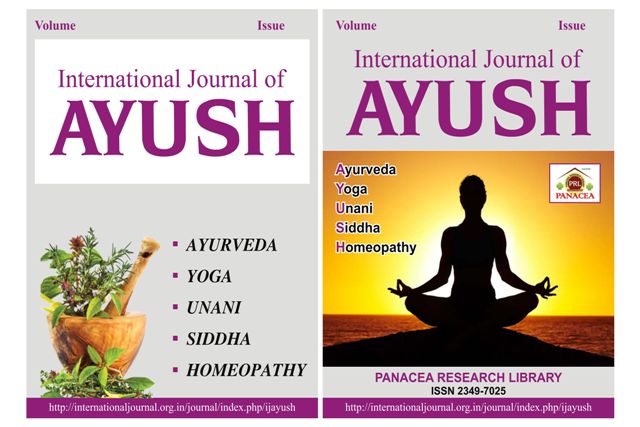A CLINICAL SUCCESS STORY OF AYURVEDIC MANAGEMENT FOR HYPERURACEMIA INDUCED GOUTY ARTHRITIS - A CASE REPORT
DOI:
https://doi.org/10.22159/prl.ijayush.v14i09.1506Abstract
Hyperuricemia is a common disorder that affects patients of all ages and genders. The most common manifestation of Hyperuricemia is Gout, which can be very painful and is amenable to treatment. Hyperuricemia is also associated with Uric acid and Calcium Nephrolithiasis. Hyperuricemia affects about 38 million Americans, over 11% of the population, and the incidence is increasing worldwide.
Most patients with Hyperuricemia are asymptomatic, and the diagnosis requires a high degree of suspicion as serum uric acid levels are no longer routinely measured on serum blood panels. Patients with Hyperuricemia who develop gout are usually best treated with a Xanthine oxidase inhibitor like Allopurinol. Depending on the urinary chemistry and stone type, Allopurinol, Potassium citrate, or both may be recommended in Nephrolithiasis. This activity reviews the pathophysiology, presentation, evaluation, and treatment of hyperuricemia, as well as highlights the interprofessional team's role in caring for affected patients. According to Ayurveda, the treatment protocol followed here is Raktamokshana. Among various types of Raktamokshana, Jalaukaavacharan is one and this procedure is used in this case.
Downloads
Published
Issue
Section
License
Copyright (c) 2025 Dr. Bhavana Shabalad, Dr. Prashanth AS, Dr. Rohini HD

This work is licensed under a Creative Commons Attribution 4.0 International License.


